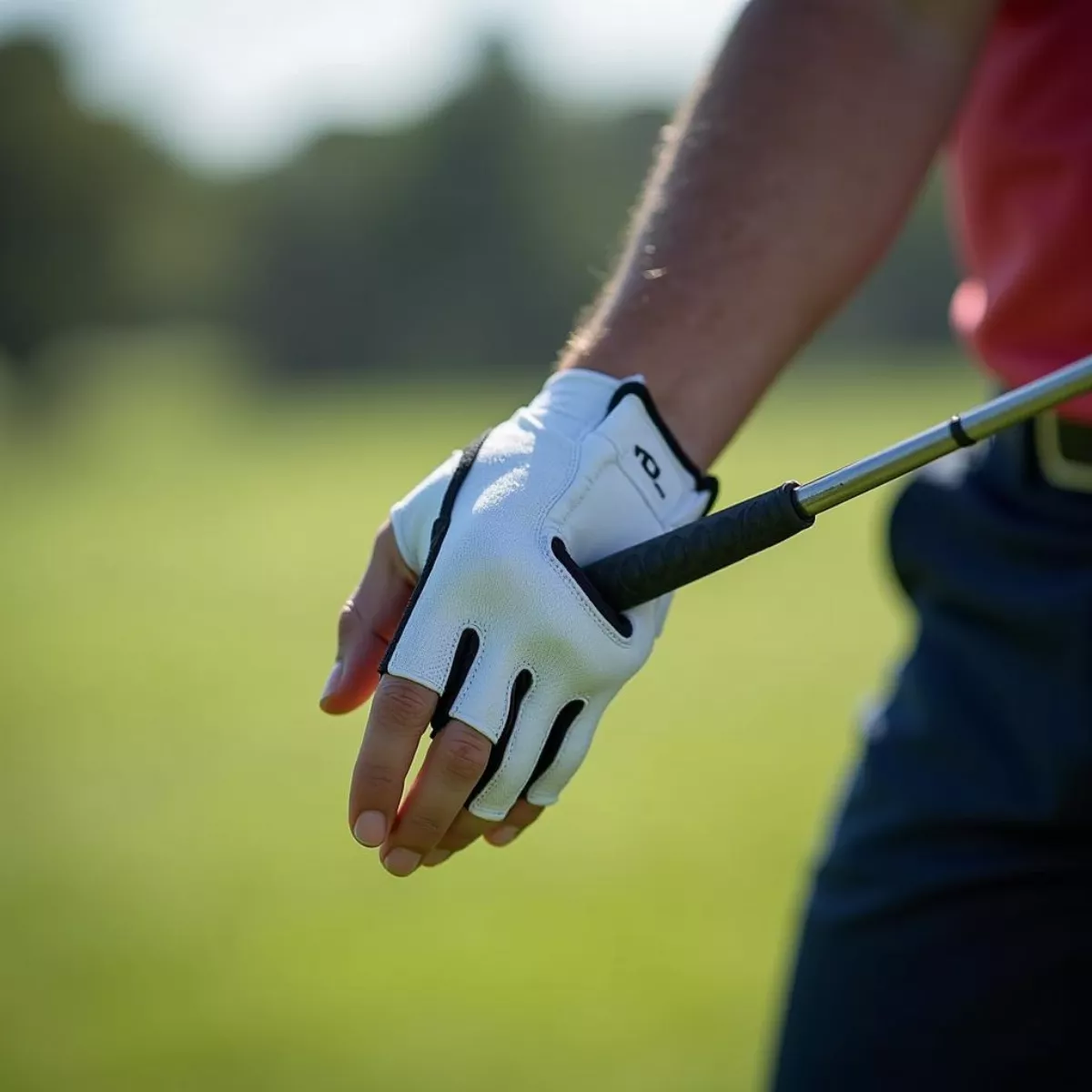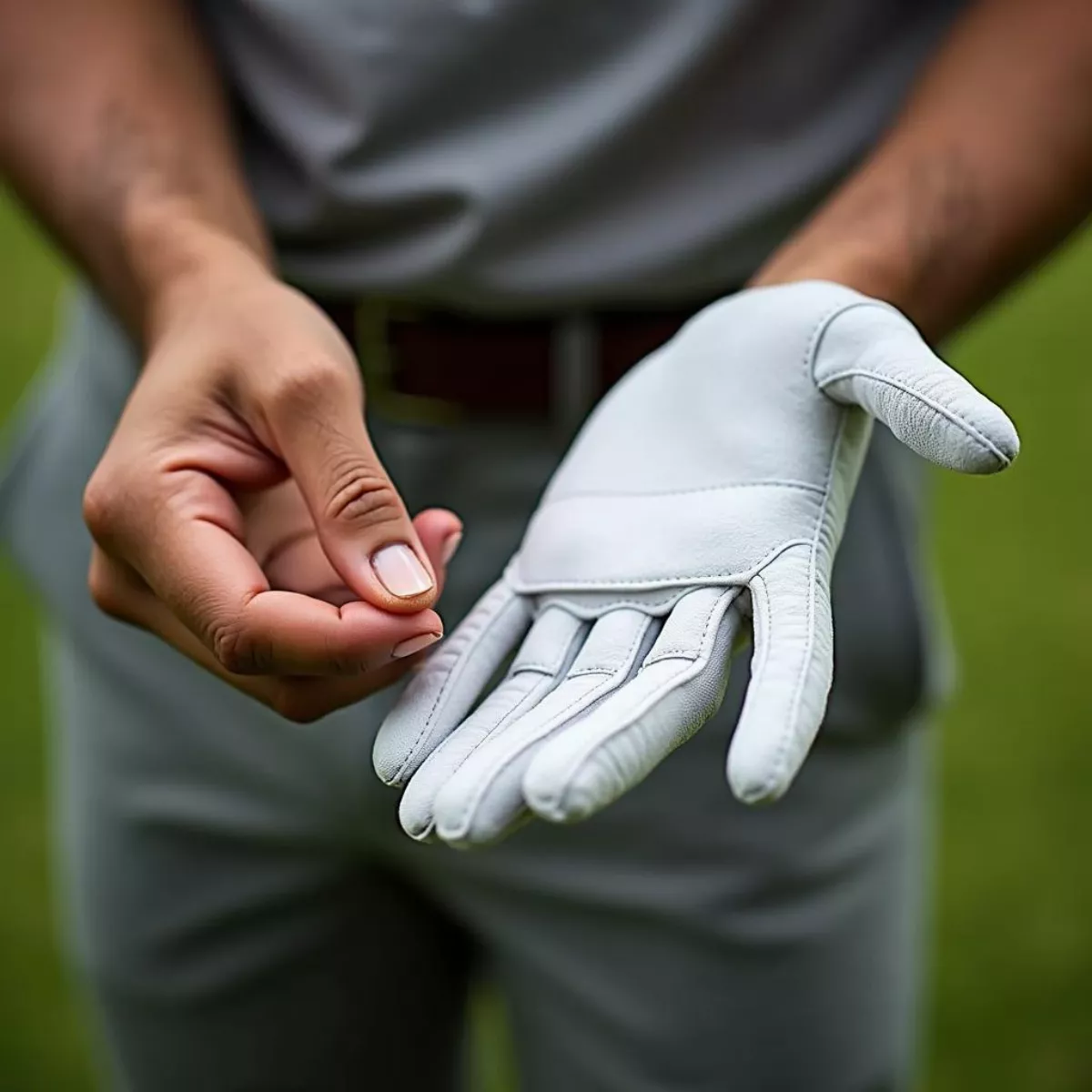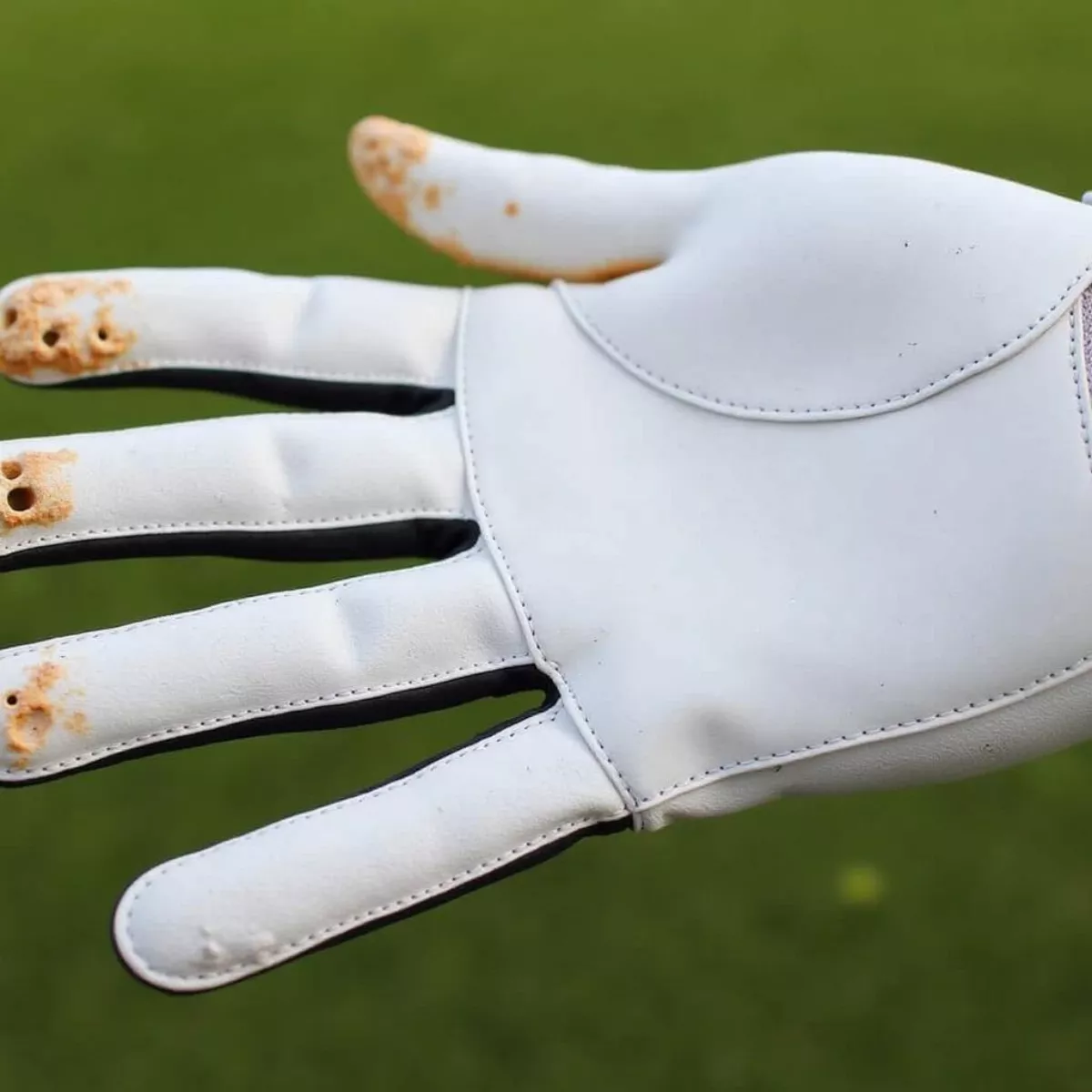If you’re new to golf or just trying to refine your game, you might be wondering, which hand wears the golf glove? It’s a seemingly simple question, but the answer can significantly impact your performance and comfort on the course. In this guide, we’ll explore everything you need to know about golf gloves, including which hand to wear them on, why that matters, and some handy tips to improve your game.
Understanding the Basics
What Is a Golf Glove?
A golf glove is an essential piece of equipment that provides grip and comfort while swinging the club. It’s typically made of leather or synthetic materials and is designed to minimize slippage, reduce blisters, and increase control. Most golfers wear a glove on the hand they use to hold the club (the lead hand), which can greatly improve their overall game.
Which Hand Wears the Golf Glove?
- Right-Handed Golfers: Wear a glove on their left hand.
- Left-Handed Golfers: Wear a glove on their right hand.
This is because the lead hand is the one that grips the club at the top of the swing. Wearing a glove on this hand enhances grip and control, leading to more accurate shots.
 Right-handed golfer with glove
Right-handed golfer with glove
Why Does Hand Position Matter?
Choosing the correct hand to wear your golf glove isn’t just about comfort; it also affects your game. Here are some reasons why:
- Grip Control: A glove on the lead hand provides the necessary traction to hold onto the club more securely during the swing.
- Blister Prevention: The repetitive motion of swinging can cause blisters. A glove protects the skin from friction.
- Weather Resistance: On chilly or rainy days, a glove can help maintain warmth and keep your hands dry, allowing for consistent performance.
When Should You Wear a Golf Glove?
While most golfers wear a glove throughout their rounds, there are certain circumstances when you might reconsider:
- Hot Weather: Some players prefer to go barehanded in very hot conditions to reduce sweating.
- Short Game: For shots around the green, some golfers opt to take off their glove for better feel and touch.
Choosing the Right Golf Glove
Now that you know which hand to wear your glove on, let’s talk about how to select the right glove that fits well and complements your game.
Types of Golf Gloves
| Type | Description |
|---|---|
| Leather | Offers great feel and durability; suitable for all weather. |
| Synthetic | More breathable and often cheaper; ideal for warmer conditions. |
| Rain Gloves | Designed specifically for wet conditions; excellent grip. |
| Winter Gloves | Insulated for warmth; used in cold weather. |
 Various golf gloves
Various golf gloves
Factors to Consider When Choosing a Glove
- Fit: Ensure the glove fits snugly without being overly tight. You should be able to make a fist comfortably.
- Size: Gloves come in various sizes (small, medium, large) and sometimes even specialized sizing options (cadet sizes for shorter fingers).
- Material: Choose between leather or synthetic based on your personal preference and budget.
- Design: Some gloves come with additional padding for extra comfort.
How to Properly Wear a Golf Glove
Putting on a golf glove might seem straightforward, but there’s a technique to ensure maximum comfort and performance:
- Start with clean hands. Dirt and sweat can affect grip.
- Slide your fingers into the glove. Make sure each finger reaches the tip.
- Adjust fit. The glove should feel snug but not restrictive.
- Make a grip. Hold the club with the glove on to test comfort and grip.
 Golfer wearing a glove
Golfer wearing a glove
Tips for Golf Glove Maintenance
To extend the life of your golf glove, follow these maintenance tips:
- Air it out: After each round, let your glove dry completely by air.
- Avoid direct sunlight: Prolonged exposure can cause materials to degrade.
- Store properly: Keep your glove in a cool, dry place to prevent warping.
- Wash with care: If it gets dirty, hand-wash it gently with mild soap and air dry.
Key Takeaways
- Right-handed golfers wear a glove on their left hand; left-handed golfers wear it on their right hand.
- A glove enhances grip, prevents blisters, and offers weather protection.
- Choose the right glove based on fit, size, and material.
- Maintain your glove by letting it air out and keeping it stored correctly.
Frequently Asked Questions (FAQs)
1. Can I wear gloves on both hands in golf?
Most golfers only wear a glove on their lead hand. Wearing a glove on both hands is uncommon and may hinder your feel and control.
2. What size golf glove should I buy?
Golf gloves come in various sizes. To determine your size, measure the circumference of your hand at the knuckles. Refer to the size chart provided by manufacturers for an accurate fit.
3. How often should I replace my golf glove?
It depends on how often you play. A typical golfer should expect to replace their glove every 10-15 rounds, but it can vary based on wear and tear.
 Worn golf glove
Worn golf glove
4. Are golf gloves waterproof?
Traditional golf gloves are not waterproof, but there are special rain gloves designed for wet conditions that offer better grip in the rain.
5. Should I wear a glove for the short game?
While many golfers prefer to wear a glove for full swings, some remove it for short game shots to enhance feel. Experiment with both to find what works best for you.
6. What are cadet-sized golf gloves?
Cadet-size gloves are designed for players with shorter fingers and wider palms. They provide a better fit for those who struggle to find a good fit with standard-sized gloves.
7. Can I use a golf glove in other sports?
While it’s possible to use a golf glove for other sports, it’s best to use gloves specifically designed for that sport for maximum performance and protection.
8. Is there a difference between men’s and women’s golf gloves?
Yes, women’s gloves are typically designed to fit smaller hands with different proportions. Men’s and women’s gloves vary in size, shape, and sometimes design.
9. Why are some golf gloves more expensive than others?
The price can vary due to the quality of materials (e.g., premium leather), brand reputation, and special features like moisture-wicking technology.
10. Can I play golf without a glove?
Yes, some golfers play without a glove, especially if they prefer a direct feel of the club. However, this might increase the risk of blisters and decrease grip.
Remember, the right hand to wear the golf glove on is crucial, but so is the type, fit, and care of the glove. Choosing wisely can make a significant difference in your performance and enjoyment of the game.
With this guide, we hope to empower you with the knowledge you need to decide which hand wears the golf glove and how to make the most of your golfing experience. Happy golfing!

